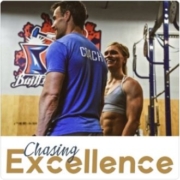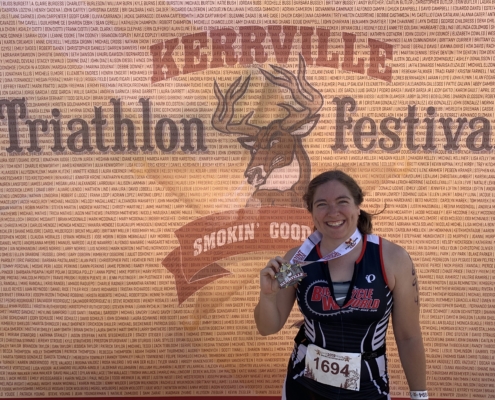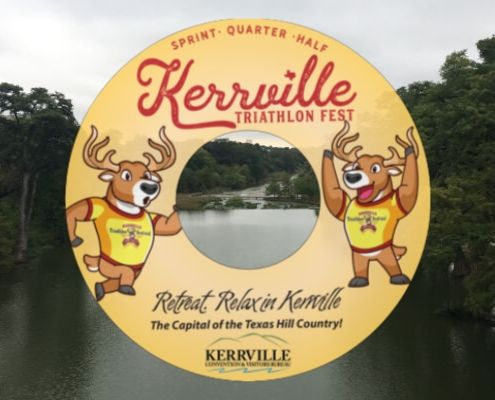Follow our advice to get better at hydrating while cycling
If you’re new to cycling, one of the challenges to get accustomed to is knowing how to drink water while peddling. Just as there is skill needed to balance, ride curves, and pump uphills, technique is needed to hydrate without losing your balance and falling off your bike. Here are some tips for hydrating while cycling.
Use a squirt-top bottle instead of a cap bottle
A water bottle with a cap requires you to twist it open, which is cumbersome to do with one hand on a bike. When it comes to squirt-top bottles, you can simply use your teeth to open the valve and start drinking with one hand as you control your bike with the other. The convenience a squirt-top bottle offers during cycling allows you to focus on the course more and avoid any accident.
Make use of the bottle cage on your bike
To carry water on the road, you can use a bottle cage on your bike. The bottle cage can be installed between the bars, on the frame, or near the saddle to help you reach your drink with zero fuss. Here are the pros and cons of each bottle cage.
Aero Bottle Cage
 This type of cage
This type of cage is designed so that it can be attached to multiple parts of the bike frame. Most other cages can only be mounted to the frame.
Pros
– easiest to access
– option to install it either vertical or horizontal
– using horizontal bottles at the front can decrease aerodynamic drag
Cons
– poor aerodynamics compared to other cages
– using vertical bottles can cause even higher aerodynamic drag.
Bike Frame Cage
 These are very common bottle holders
These are very common bottle holders that can be placed on the frame, seat post, or handlebars.
Pros
– slim aero bottles on the down tube are less affected by drag and side wind.
Cons
– intermediate aerodynamic drag
– large frame-mounted bottles are expensive and difficult to clean.
Rear Hydration System
 This is an aerodynamic bottle that is mounted behind the seat post
This is an aerodynamic bottle that is mounted behind the seat post. These are more so used by competitive triathletes partaking in very long distances.
Pros
– best choice in terms of aerodynamics
– least affected by side wind
Cons
– requires a cage with a strong grip to prevent bottle-launching
– must be made of a favorable material to oppose side sway
Take advantage of the straight-aways
Think about when the ideal time to take a sip is and be ready to do so. Trying to pull the water bottle out on curves is much more challenging, so wait until the trail is flat and straight to get your drink.
Practice, Practice, Practice
Ride up and down your street over and over and practice. Pull your water bottle out of the cage, take a sip, then put it back while moving forward. Start off slow and pick up speed as you get more comfortable.
Pro Tip: Avoid quenching your thirst in one go
 Exerting your body through exercise causes dehydration which makes you thirsty. Despite your desire to rapidly quench your thirst it’s important to not drink too much. It can be counterproductive and negatively affect your performance. It is best to avoid drinking mouthfuls and only take a few sips occasionally. You can hydrate yourself effectively without running the risk of drinking too much.
Exerting your body through exercise causes dehydration which makes you thirsty. Despite your desire to rapidly quench your thirst it’s important to not drink too much. It can be counterproductive and negatively affect your performance. It is best to avoid drinking mouthfuls and only take a few sips occasionally. You can hydrate yourself effectively without running the risk of drinking too much.
To make sure you do not run yourself dry, you should consume around 600-900 ml of water, per hour, during a triathlon, in addition to other nutritional needs. Although triathlons will have water available in transition and on the run course, not all triathlons provide an aid station on the bike course. Make sure the water bottle(s) on your bike are full so you don’t run out of water.
Hydrating while cycling can be tricky if you’re not used to it. With a secure bottle cage and lots of practice, you’ll be able to master this skill in no time.
























 “I’ve heard great things about
“I’ve heard great things about 